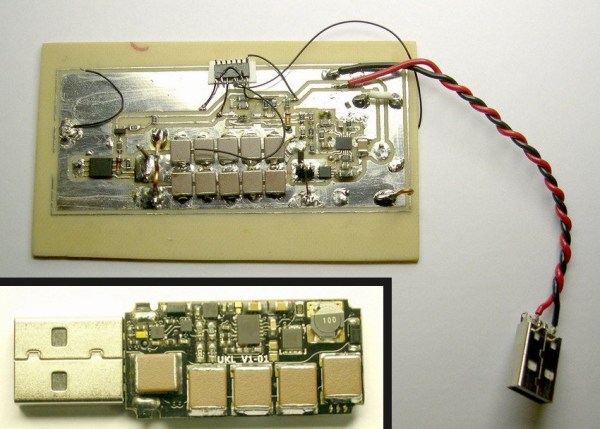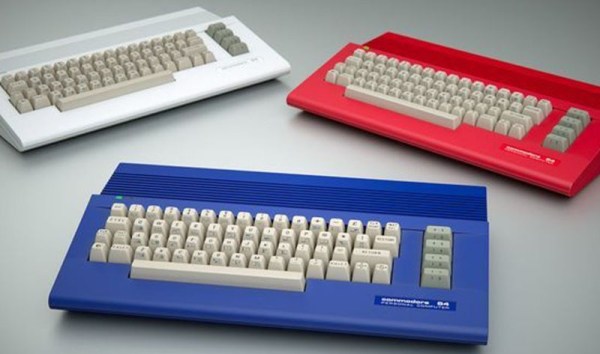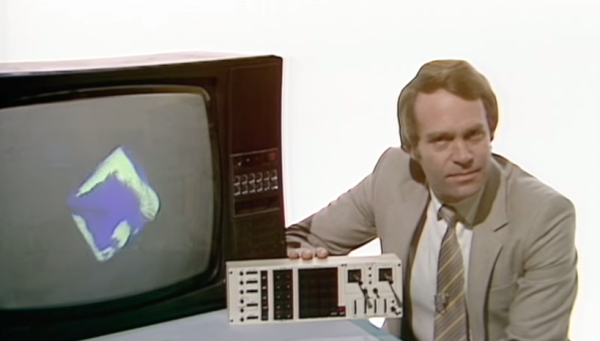[Dark Purple] recently heard a story about how someone stole a flash drive from a passenger on the subway. The thief plugged the flash drive into his computer and discovered that instead of containing any valuable data, it completely fried his computer. The fake flash drive apparently contained circuitry designed to break whatever computer it was plugged into. Since the concept sounded pretty amazing, [Dark Purple] set out to make his own computer-frying USB drive.
While any electrical port on a computer is a great entry point for potentially hazardous signals, USB is pretty well protected. If you short power and ground together, the port simply shuts off. Pass through a few kV of static electricity and TVS diodes safely shunt the power. Feed in an RF signal and the inline filtering beads dissipate most of the energy.
To get around or break through these protections, [Dark Purple]’s design uses an inverting DC-DC converter. The converter takes power from the USB port to charge a capacitor bank up to -110VDC. After the caps are charged, the converter shuts down and a transistor shunts the capacitor voltage to the data pins of the port. Once the caps are discharged, the supply fires back up and the cycle repeats until the computer is fried (typically as long as bus voltage is present). The combination of high voltage and high current is enough to defeat the small TVS diodes on the bus lines and successfully fry some sensitive components—and often the CPU. USB is typically integrated with the CPU in most modern laptops, which makes this attack very effective.
Thanks for the tip, [Pinner].








 CERN scientists and engineers often find themselves in interesting positions. However, we’re not sure if this CERN staffer ever expected to be quite where he is now!
CERN scientists and engineers often find themselves in interesting positions. However, we’re not sure if this CERN staffer ever expected to be quite where he is now!









